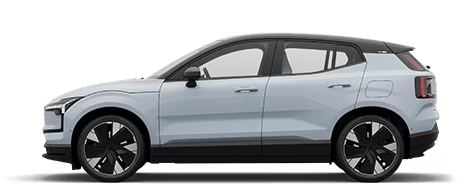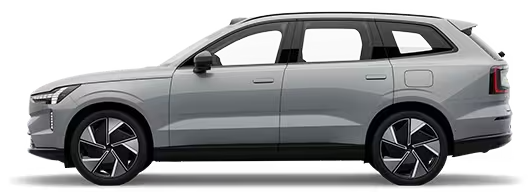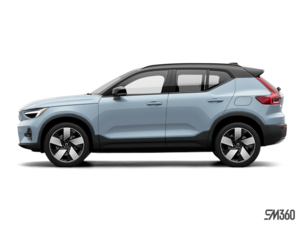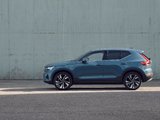Volvo’s Roadmap to an Electrified Future: Adjustments, Challenges, and Progress
October 03 2024,

Volvo has long been synonymous with safety, innovation, and sustainability. In recent years, it has taken a leading role in the shift toward electric vehicles, a transformation that remains central to its strategy. However, in response to evolving market conditions and customer demands, the company is making pragmatic adjustments to its electrification goals. In this blog post, we’ll explore Volvo’s updated approach to electrification, the reasons behind these changes, and what they mean for the future.
Volvo’s Commitment to Electrification
Volvo’s journey toward electrification has been marked by significant milestones. The company has already launched five fully electric models, including the EX30, currently ranked as the third best-selling EV in Europe. By the second quarter of 2024, 26% of Volvo’s global sales were fully electric, with 48% of all sales coming from electrified models, including plug-in hybrids. This strong performance underscores the company’s leadership in the premium EV market.
However, Volvo has revised its long-term goal. While it initially aimed for its line-up to be fully electric by 2030, it now targets 90 to 100% of global sales to come from electrified models—fully electric and plug-in hybrids—with the remaining 0 to 10% allowing for a limited number of mild hybrids. This shift acknowledges the challenges of achieving 100% electrification within the next decade, recognizing that a more flexible, customer-oriented approach is necessary.
The Bridge to Full Electrification: Plug-in and Mild Hybrid Models
As Volvo transitions toward full electrification, plug-in hybrids are playing a crucial role. These models offer customers the chance to experience electric driving without the full commitment of an EV. One standout in this category is the XC60, the best-selling plug-in hybrid in Europe this year and a very popular model in Canada too. Plug-in hybrids have proven popular among consumers, with recent data showing that around half of the kilometres driven in Volvo plug-in hybrids are powered by electricity alone.
Volvo is continuously upgrading its plug-in hybrid models, enhancing their electric range and improving the overall driving experience. These improvements make them an appealing option for consumers who are not yet ready to transition fully to electric vehicles but want to reduce their carbon footprint. Meanwhile, mild hybrids will also remain part of Volvo’s portfolio, serving as an additional option for customers seeking improved fuel efficiency without full electrification.
Sustainability and CO2 Reduction Ambitions
In line with its commitment to sustainability, Volvo has updated its CO2 reduction targets. The company now aims to reduce emissions per car by 65-75% by 2030, compared to a 2018 baseline. While this is a slight adjustment from its previous goal of a 75% reduction, it still represents one of the most ambitious targets in the automotive industry. By 2025, Volvo expects to achieve a 30-35% reduction in CO2 emissions per car.
Volvo’s progress on reducing emissions is already evident, with a 25% reduction achieved during the first half of 2024. The company continues to collaborate with suppliers to further reduce emissions throughout its value chain, ensuring its production processes are aligned with its sustainability goals.
The Path Forward: A Fully Electric Future
Despite these adjustments, Volvo remains committed to becoming a fully electric company. The launch of the flagship EX90, which represents a major technological leap, is just one example of the company’s vision for the future. The EX30’s strong performance further solidifies Volvo’s position as a leader in the premium EV market.
At the same time, Volvo’s strategy remains flexible. Recognizing that the transition to electrification will not be uniform across markets, the company is prepared to adapt its approach based on customer preferences and market conditions.
Volvo’s electrification strategy remains one of the most comprehensive ones in the industry, despite recent adjustments to its timeline. With a strong portfolio of electric and plug-in hybrid vehicles, the company is well-positioned to meet the needs of customers in an evolving market.



























